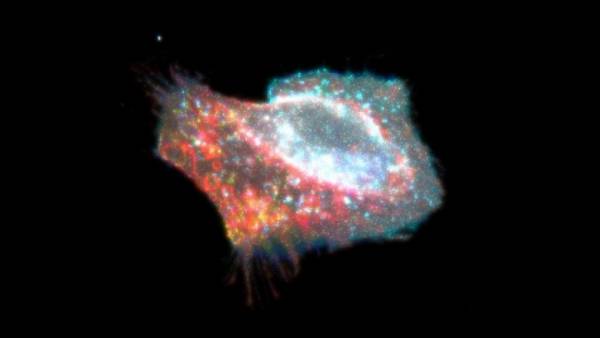
Necrotic cell death in the human body can be reversed in the future.
Researchers from the University of Illinois at Chicago have discovered a mechanism in cells that regulates this process, and predict that it will soon be possible to take control of it.
Pyroptosis, a type of cell death, is usually caused by infections and leads to excessive inflammation in the body. It is observed in sepsis, certain types of cancer, acute respiratory distress syndrome (ARDS), which is one of the main complications of COVID-19, and other diseases. For a long time, this process was considered irreversible.
The GSDMD protein is involved in pyroptosis. This phosphoprotein forms large pores with a diameter of approximately 21 nm in the plasma membrane to control cell death. Scientists have created a unique method of tracking this process by “highlighting” it from the inside.
Observation of the protein showed that its pores respond to certain conditions. For example, when the concentration of calcium ions increases, they quickly close. This means that pyroptosis is characterized by dynamic self-regulation.
“It showed us that this form of cell death is not a one-way ticket. The process actually involves an undo button, a kind of switch,” says Gary Mo, one of the authors of the study.
Super discounts of up to -70% on electronics, fashionable clothes, shoes and many other prices
Anna Lysenko
Even more interesting things about science and technology